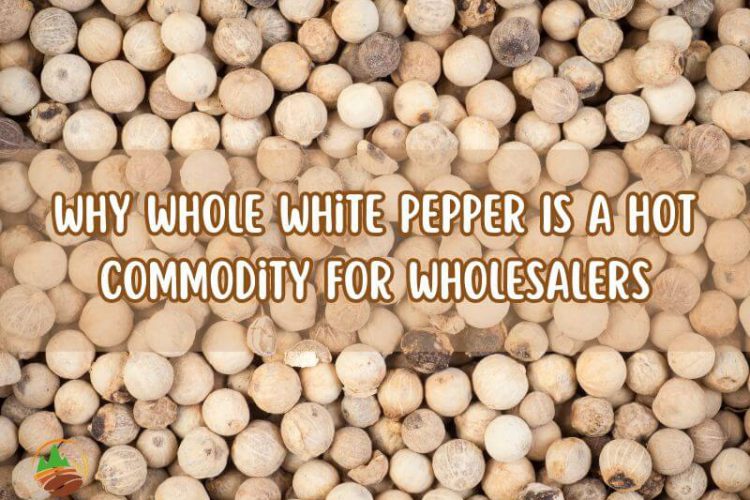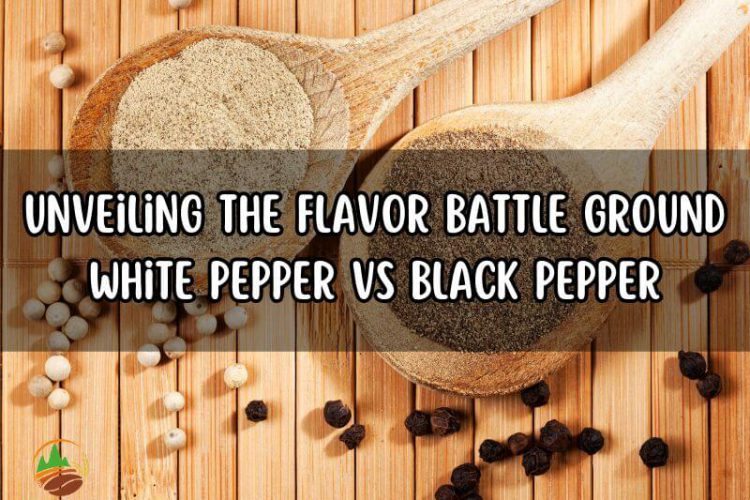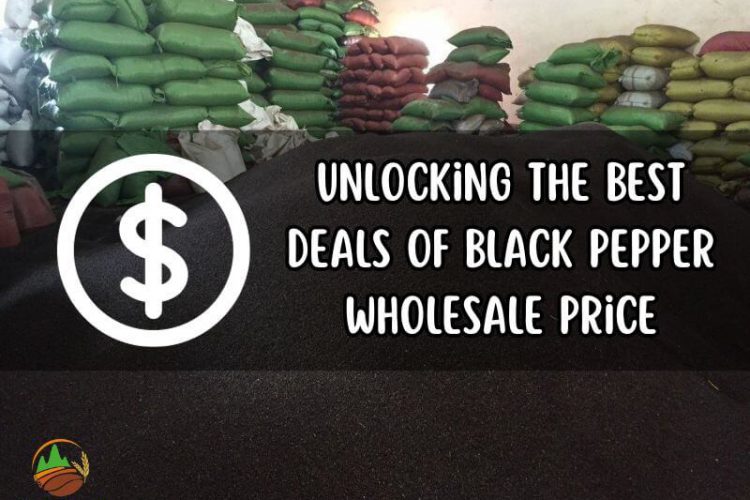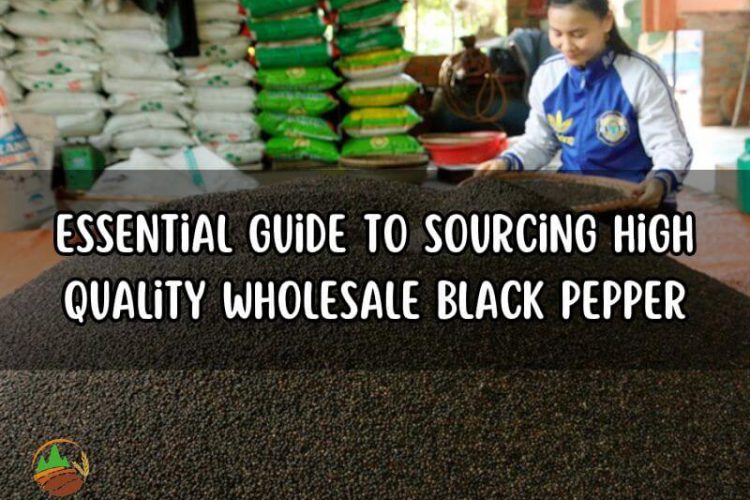Vietnam is one of the largest exporters of cinnamon, offering significant potential to cinnamon importers. If you’re interested in exploring Saigon cinnamon, this article can provide the necessary information.
Table of contents
1. The overall look on Saigon cinnamon
To begin with, our task is to provide a response to the inquiry “what is Saigon cinnamon?”.
1.1. Answer the question what is Saigon cinnamon
Saigon cinnamon, also known as Vietnamese cinnamon or Cinnamomum loureirii, is a type of cinnamon that is native to Southeast Asia, particularly Vietnam.
Saigon was once a major center of cinnamon production in Vietnam, and it is believed to have been popularized by the American spice industry during the 20th century. This is due to the fact that Saigon was a major hub for cinnamon production and trade during the Vietnam War, when American soldiers stationed in Vietnam had encountered the spice.
It’s worth noting, however, that the spice has been known throughout history as Vietnamese cinnamon. The name “Saigon cinnamon” is one of many names that have been used to describe Vietnamese cinnamon over the years.

1.2. Significant features of Saigon cinnamon
Cinnamon Saigon possesses unique qualities in terms of its appearance, taste, scent, and flavor, which distinguishes it from other varieties of cinnamon:
- Appearance: Its bark is thick and has a dark brown color with broad, deep coarse, scaly texture. The inner layer of the bark is thinner than the outer layer and has a reddish-brown hue.
- Saigon cinnamon taste and aroma: It has a complex, potent flavor that is both sweet and spicy with a subtle bitterness. It leaves the taste lingering with a delightful combination of sweetness and savoriness. The spice also has a strong and distinct aroma, similarities to clove and nutmeg, which can fill a room with its warm and comforting fragrance.
| Moisture | 14 – 15% max |
| Oil content | 6% |
| Length | 8 – 15cm |
| Skin thickness | 2 – 3 mm |

1.3. Raw material areas and quantity of Saigon cinnamon
Previously, it was extensively cultivated and traded in the Vietnamese provinces of Quang Nam and Quang Ngai. However, during the Vietnam War in the 1960s and 1970s, the United States military used dioxin, which may have contaminated some areas of Vietnam, including Quang Nam and Quang Ngai. As a result, the production of Saigon cinnamon significantly declined in these regions.
Presently, it is predominantly grown in Yen Bai province, where it covers an area of 81,000 hectares and the annual output for this cinnamon kind is typically in the range of 70,000 to 80,000 tons.

1.4. Various usages of Saigon cinnamon you may find interesting
This kind of cinnamon has a wide range of beneficial uses in both cooking and health:
- Culinary: It is a popular spice used in cooking and baking. Its unique flavor and aroma make it a popular ingredient in many dishes, including desserts, curries, stews, and sauces.
- Saigon cinnamon health benefits: Compared to other types of cinnamon, cinnamon Saigon has higher concentrations of cinnamaldehyde. Thus, it contains an abundance of antioxidants and anti-inflammatory properties, this particular cinnamon variety is widely utilized in natural remedies and supplements. These health benefits make it a potentially useful spice for managing pain, diabetes, and preventing chronic diseases and bacterial infections.
As a result, cinnamon Saigon is highly sought after worldwide, which creates a significant opportunity for wholesalers.

2. The great potentials when importing Saigon cinnamon
Importing cinnamon Saigon has the potential to generate considerable profits, which is why it is an appealing product for importers. There are various reasons for this, which have contributed to its attractiveness.
- The reputation: This kind of cinnamon is renowned as one of the most coveted and superior forms of cinnamon across the globe. Its exceptional taste and fragrance, along with its elevated levels of cinnamaldehyde – a substance known for its disease-fighting and anti-swelling effects, have been responsible for its established prestige as a healthy spice.
- Minor changes in the pricing of Saigon cinnamon industry: In contrast to other products, cinnamon Saigon is not affected by the pressures of seasonal harvesting. In situations where the prices are low, farmers do not have to harvest their crop right away since the cinnamon tree keeps on growing, and they can collect the next crop later. This, in turn, leads to a relatively constant price, with only minor fluctuations.
- Government support: Vietnam’s Agriculture industry has entered into several trade agreements, such as AFTA, CPTPP, and EVFTA, which can provide importers with favorable tariff rates and trade benefits when importing Saigon cinnamon.
- Convenient transportation: Vietnam boasts of a robust transportation infrastructure, which comprises a network of interlinked railways, ports and highways, that facilitate the smooth transportation to export ports. This results in prompt and economical delivery of the spice to its designated location.
- Affordable tax: Through various trade agreements, Vietnam has the potential to secure favorable terms such as reduced or eliminated import taxes on Saigon cinnamon in partner markets. This advantage can empower cinnamon importers to offer the spice at a more affordable price within their local markets, thus enhancing their cost competitiveness.

3. The average price of Saigon cinnamon
The cost of cinnamon Saigon is a significant consideration for cinnamon wholesalers. Let’s delve further into the expenditures and various factors that influence its price.
3.1. Referral price of Saigon cinnamon
| Saigon cinnamon products | Price FOB ( $/MT ) |
| Saigon cinnamon sticks | 4780 – 6200 |
| Saigon cinnamon powder | 4230 – 5310 |
| Saigon cinnamon broken | 2830 – 3440 |
| Saigon cinnamon split | 3340 – 3980 |
| Saigon cinnamon cigarette | 5150 – 6320 |
According to the data of cinnamon wholesale price, the typical wholesale price of Saigon cinnamon varies between $2830 and $6320 per metric ton. Opting to import broken cinnamon presents a cost-efficient opportunity since any broken pieces that may arise during processing can be gathered and sold at a discounted rate. Saigon cinnamon is in high demand and often commands a higher price compared to other cinnamon varieties like Indian or Chinese cinnamon. This is primarily because of its versatility and limited supply in the market.

3.2. Factors influence the price of Saigon cinnamon
Numerous elements can impact the cost of cinnamon Saigon, such as government regulations, transportation expenses, economic circumstances, and political steadiness:
- Government policies: Government regulations on taxes, trade and production can affect the cost. However, several cinnamon-importing nations have recently implemented measures to back Saigon cinnamon importing, which could lower the prices.
- Transportation expense: Transporting cinnamon Saigon from the production regions to export ports can also affect its price. Longer distances require higher transportation costs and vice versa. Fluctuations in transportation expenses, such as fuel costs or the fees for upkeep and repair of infrastructure, can also drive up the spice’s cost for purchasers.
- Economic and political stability: The economic condition and political stability of importing nations can have an impact on the price as well. Fluctuations in economic circumstances, such as inflation and currency exchange rates, can influence consumer demand, while political unrest can disrupt trade activities.

4. All about reliable Saigon cinnamon suppliers
Having a thorough understanding of cinnamon Saigon suppliers is crucial for any business looking to trade it. To assist in this understanding, we have compiled data on trustworthy and untrustworthy suppliers that can benefit you.
4.1. Types of suppliers of Saigon cinnamon suppliers
There are two categories of suppliers. Those from the production areas and wholesalers:
- Direct suppliers: Suppliers who possess their own sources of cultivation areas, cinnamon factories and handle the production and export themselves are referred to as direct suppliers. This implies that their supply is consistent and uninterrupted, which can be beneficial for importers seeking better control and cost savings.
- Wholesalers: Saigon cinnamon wholesalers buy in bulk from raw material area suppliers and distribute to retailers and customers. They offer benefits like transparent pricing, distribution support, and community support.

4.2. Signs of fraud Saigon cinnamon supplier
Fraud activities in the cinnamon industry have seen an increase in recent times. Counterfeit suppliers can be identified through specific noticeable traits:
- Absence of a business address or representative office in the destination country
- Insufficient information for the source of raw materials and production facility
- Unusually low and suspicious pricing of Saigon cinnamon
- No certifications, such as HACCP, ISO, and USDA Organic
- Subpar customer service quality.

4.3. Some famous Saigon cinnamon suppliers you can refer to
The following are three trustworthy suppliers of cinnamon Saigon that you may consider to collaborate with:
- Hanoi Cinnamon: Hanoi Cinnamon is a reputable cinnamon supplier from Vietnam, known for its high-quality products and early entry into the export market. They offer wholesale prices ranging from 2200 to 4500 USD per ton, making them a major supplier in the cinnamon industry. Their competitive pricing can help distributors earn significant profits.
- Vina Samex: With more than two decades of experience, Vina Samex is a well-established exporter of cinnamon. They procure their cinnamon from farmers in the Mekong Delta region, ensuring superior quality through rigorous quality control procedures. Their extensive network of farmers and suppliers in Vietnam allows them to access premium-grade cinnamon while adhering to international standards.
- Nghi Son Foods Group: Nghi Son Foods Group is a prominent exporter of Saigon cinnamon, renowned for its team of skilled professionals dedicated to providing high-quality products. With a strong global presence and extensive expertise in serving clients around the world, they have a knowledgeable team well-versed in the spice industry. Moreover, they have implemented a stringent quality control system to ensure adherence to international standards.






